When tourists visit America, they can get caught up in certain customs, which may even cause them a lot of stress. While non-Americans take them seriously, Americans know there’s no need to. Here are 17 American customs that non-Americans take too seriously.
The Concept of Tipping

Qantas writes about tipping, “Legally, it’s voluntary but if you slink out of a restaurant without leaving a gratuity of between 20 and 25 per cent, you’re likely to be chased by a waiter demanding to know why.” Non-Americans can find the concept of tipping overwhelming and expensive.
Massive Portion Sizes

If there’s one thing America is infamous for, it’s the country’s massive portion sizes. American restaurants will always serve portions that tourists may feel are excessive. It usually leads to a large amount of food being left over or people taking lots of food home.
Celebrating Halloween
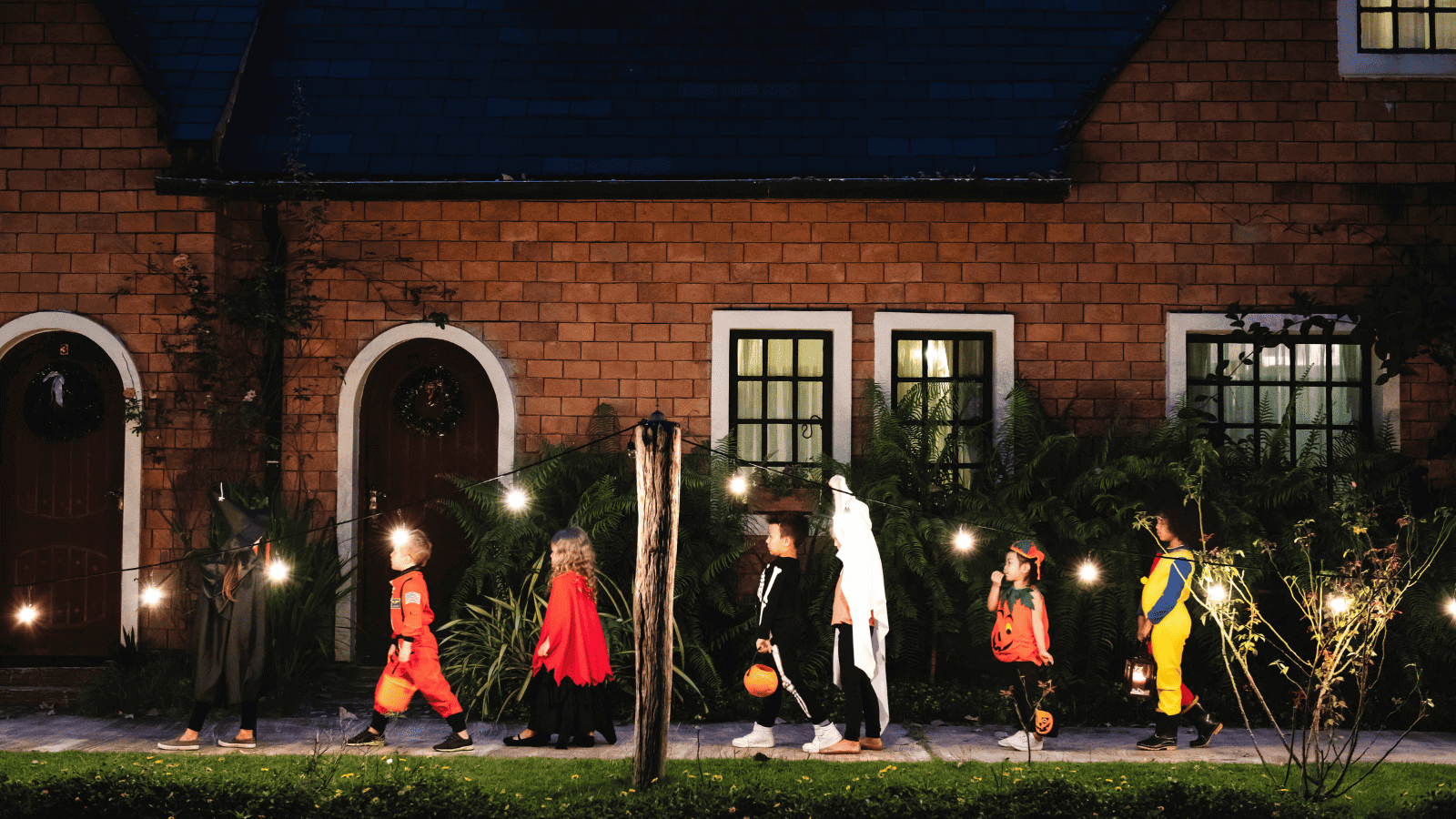
Americans like to go all out when they celebrate Halloween. This involves dressing up, lots of candy, and far too many decorations. In many other countries, Halloween may not be celebrated at all, or at least not to the extent that Americans do. It can lead to many questions if they visit during the month of October.
Sales Tax Exclusion

Prices for things in the U.S. don’t include sales tax. It’s added on when you get to the counter, which can cause a large amount of confusion for non-Americans. The majority of countries include it in their prices; however, you’ll need to do some extra math in America.
The Pledge of Allegiance
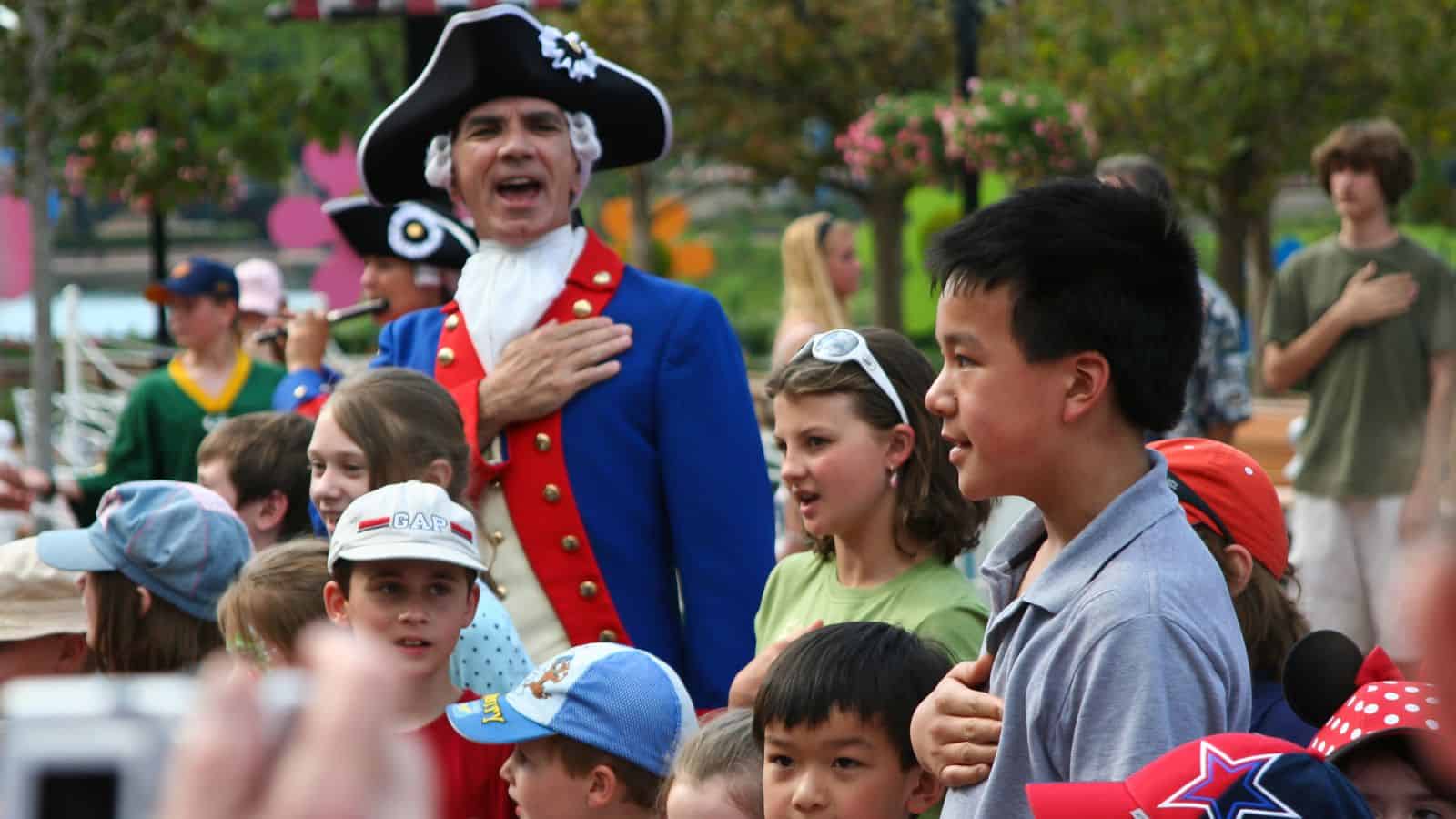
Travel Alot states that the Pledge of Allegiance is something that’s done every day in schools, and some countries think it feels dystopian or are confused by it. It’s something that’s supposed to reflect patriotism, but it isn’t a common practice anywhere else.
Free Drink Refills
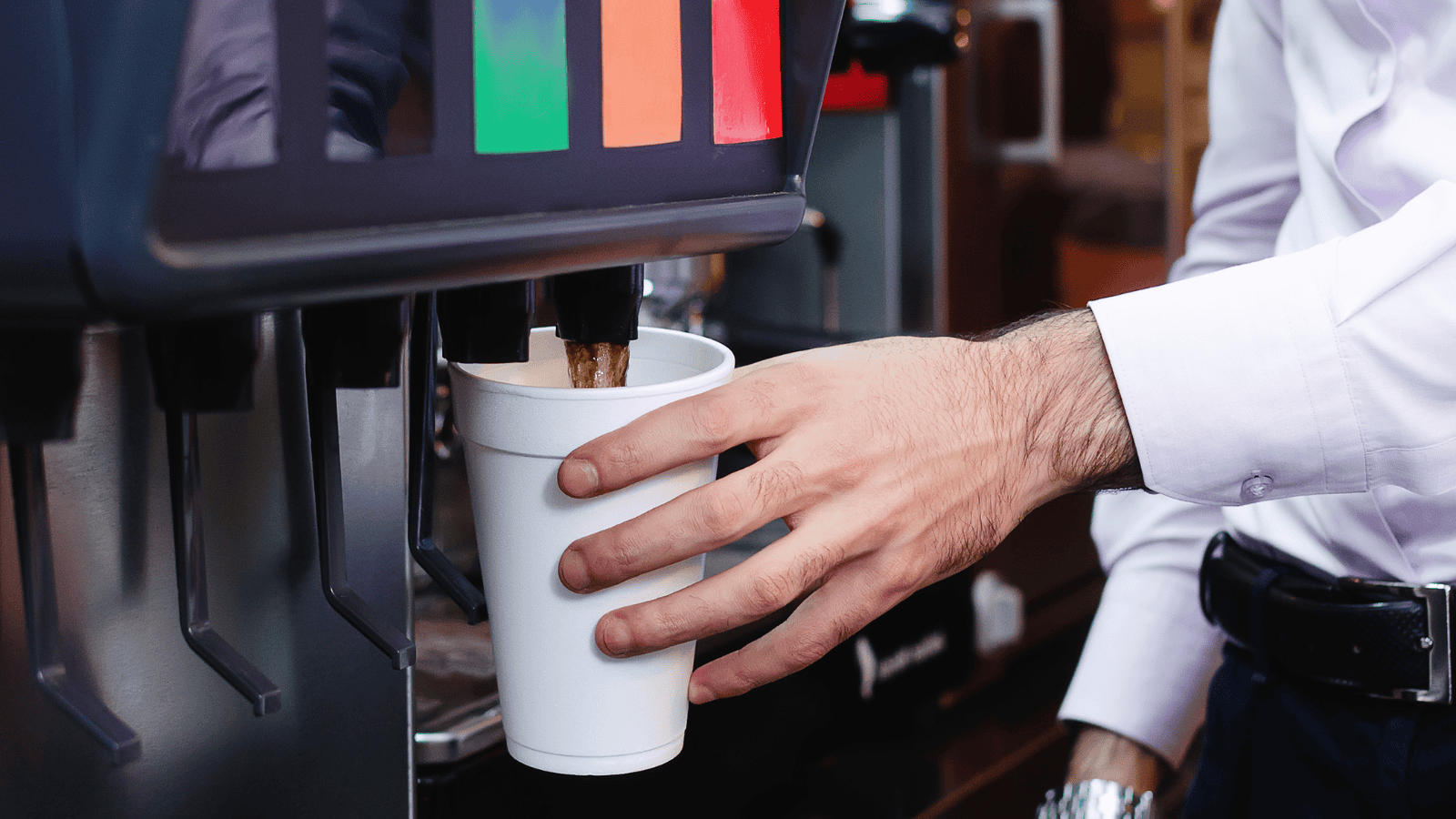
American restaurants often offer their customers free drink refills if they order a soft drink. It’s something that can surprise tourists, as they’re used to paying if they want a second drink. Many people see this custom as being overly generous, as it encourages people to be greedy.
Groundhog Day

This event can baffle non-Americans as it’s about predicting the weather through a groundhog’s behavior. There are historical roots to this concept, but it lacks any aspect of science, which is why non-Americans can find it very confusing. They don’t understand why Americans would put any time into this.
Huge Trucks
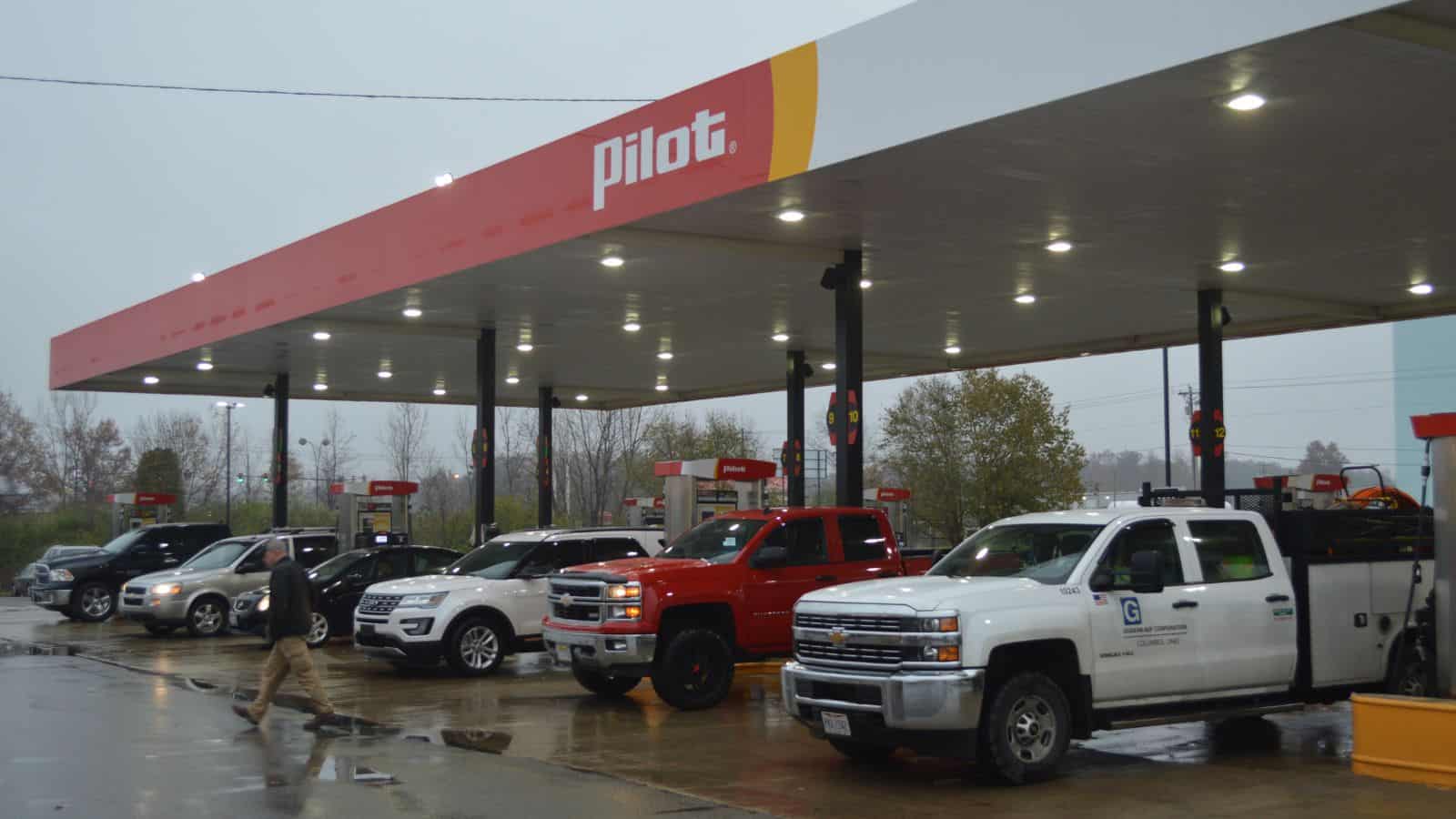
The U.S. has a large number of huge trucks, with many being much larger than in any other country. Non-Americans may wonder why the country needs such huge trucks and think that they’re surely a hazard to the roads. Smaller trucks are much more fuel-efficient and would be more cost-friendly.
Drive-Thrus Everywhere
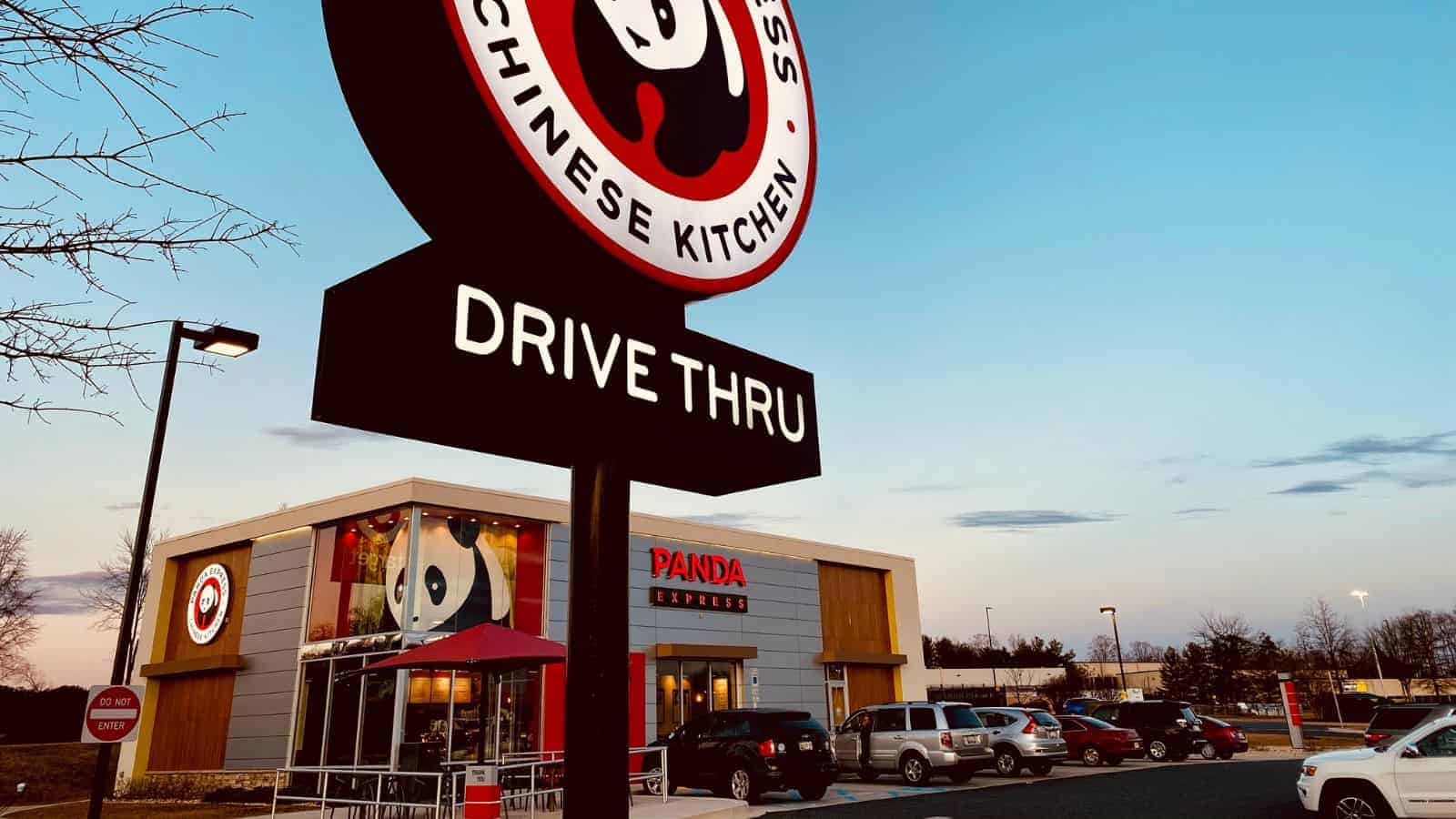
There are drive-thrus for just about everything in America. You can get food, coffee, pharmacy products, and even do your banking through drive-thrus. This concept isn’t so common in other countries, with most places preferring stores. It reflects just how fast-paced America is.
Thanksgiving Celebrations

National Geographic Kids writes, “Each year Americans in the United States celebrate the Thanksgiving holiday on the fourth Thursday of November. Most families follow traditions begun on the first Thanksgiving, but many have their own traditions that they follow each year.” It’s a tradition that can become very elaborate with large amounts of food and decorations.
Black Friday Madness

After Thanksgiving comes Black Friday. This takes place every Friday after Thanksgiving and sees brands put huge discounts on their items. People flock to stores, and it can become a very hectic day. Even though it’s spread to other communities, other countries still think it’s rooted deeply in consumerism.
Obsession with Work

Many people view Americans as being too obsessed with work and believe that their careers can take over their entire lives. This is also reflected on a national scale, as many Americans have limited vacation days and paid sick leave. Other countries are far more generous.
Cheerleading

Cheerleading and school spirit are very important aspects of an American’s education. This is because sports play a huge part in high school careers and if students aren’t on a sporting team or a cheerleader, then they’ll be supporting from the sidelines. It’s a stark contrast to other countries, where sports don’t play such an important role.
Over-the-Top Optimism

The can-do spirit of Americans can be far too over the top for non-Americans, to the point where they even think it is an act. They don’t see how anyone can be that positive all the time. While Americans believe they’re showing resilience, people from other countries can think they’re being naive.
Casual Small Talk

Americans love small talk, even with strangers. For example, EK Accent Coaching writes, “The outgoing American loves talking to people, even strangers, so a quick way to make small talk or get the conversation started is to compliment something they are wearing, such as their outfit or their shoes.” In many other cultures, conversations are much more reserved.
Bathroom Stall Gaps
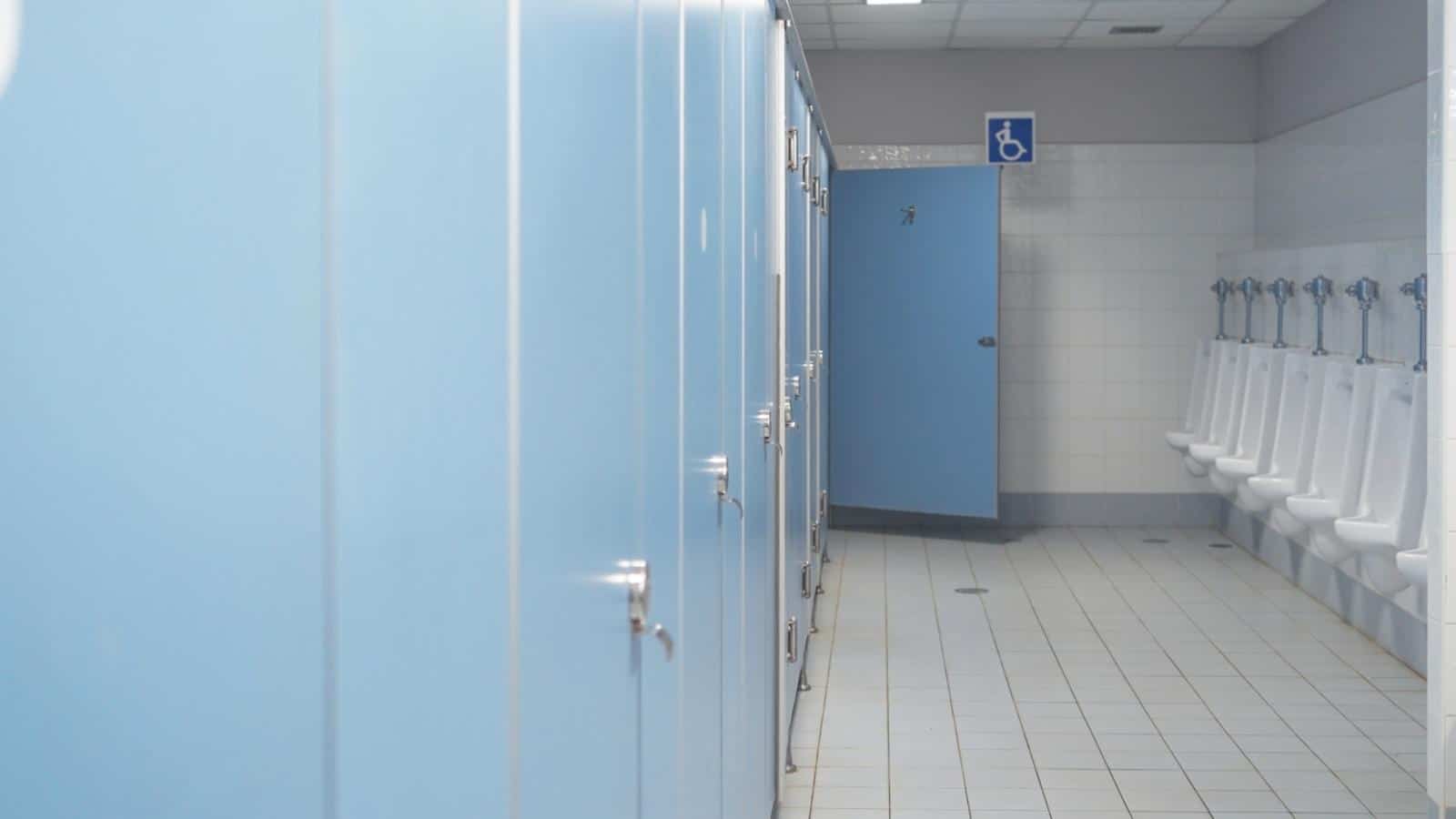
Many people think the gaps in bathroom stalls can be an invasion of privacy. However, they’re actually there for a person’s safety. If they become locked in, then they can easily find their way out. They can also create safety for a person, as others will see if someone else has entered the stall.
Casual Dress Code

It’s common to see Americans dress casually. This is supported by Gallup, which writes, “The vast majority of U.S. workers wear casual clothes on the job most days, with more than seven in 10 saying their typical workplace attire is business casual (41%).” Other countries have much stricter dress codes when it comes to the office.
